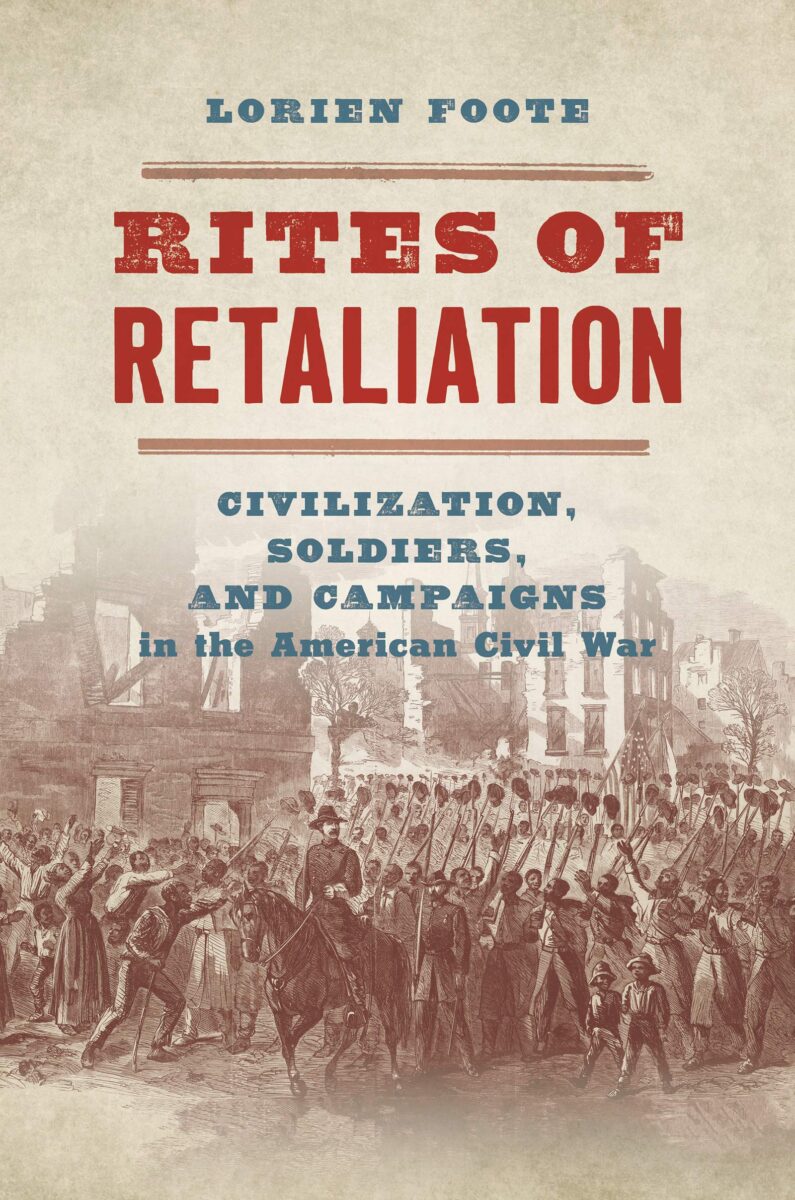By the fall of 1862, Jefferson Davis believed he had found a way to control the Union Army. That summer General John Pope had led an army into Virginia, issuing orders threatening civilians with destruction of property and even execution for disloyal acts. In response, Davis had notified the federal authorities that the Confederacy would treat the officers of Pope’s army as common criminals, not entitled to prisoner of war status, who would be subject to retaliation if any Virginians were executed. Captured officers from Pope’s army were released from close confinement only after Union officials notified Davis that Pope’s orders were no longer in effect. (What they didn’t tell him was that they were no longer in effect, because Pope’s army had been disbanded.)
Retaliation was an intentional departure from accepted means of waging war, with the aim of changing the enemy’s behavior to conform to the accepted usages of war, as they were understood by the side threatening retaliation. In theory, retaliation was a means to limit the violence of war. In practice, as the author points out, it often had the opposite effect.
Lorien Foote focuses her account on events in the Union Department of the South, primarily the coastal regions of Georgia and the Carolinas. This is the theater of war where the most significant episodes of retaliation, involving African-American troops, occurred. Drawing on their experience with Pope, Davis and the Confederate Congress declared that neither these soldiers nor their white officers would be treated as prisoners of war. The officers would be subject to execution for inciting slave rebellion while the soldiers would be handed over to state authorities for trial as escaped slaves, a solution that meshed with the South’s “states rights” ideology.
These threats broke down almost immediately. The first African-Americans captured were free-born members of the famous 54th Massachusetts following their assault on Fort Wagner in South Carolina. No one in Richmond had anticipated this. To many Confederates, enslaving free men, even if Black, would be contrary to their conception of themselves as a superior civilization. When two members of the 54th were turned over to local authorities in Charleston for trial, the latter showed no inclination to help Jefferson Davis solve the problem he had created. Two distinguished lawyers were appointed to defend them. Based on their arguments the court held that it lacked jurisdiction over enemy combatants captured in war. Neither criminals nor prisoners of war, the men of the 54th spent most of the rest of the war in the Charleston jail.
The Confederacy quietly changed its policy and thereafter treated African American soldiers from free states as prisoners of war. They still refused to offer these men for prisoner exchange or give any official account of what had happened to them. The North responded with its own retaliatory measures, eventually ending all prisoner exchanges in the summer of 1863. As is well known, this retaliatory action eventually succeeded, and the Confederacy began offering African American prisoners for exchange in the final days of the war.
Aside from this success, Professor Foote’s study shows that retaliation was a doubtful tool of war. To take a few of her examples, the Confederacy unsuccessfully tried to stop the artillery bombardment of Charleston by placing 50 Union prisoners of war in the city. The bombardment nevertheless continued until the U.S. War Department decided it was a waste of ammunition. General Sherman tried to protect his foragers from lynching in Georgia and South Carolina by threatening and then executing prisoners of war. This retaliation had no discernable effect. After the massacre of Black and white Union soldiers at Fort Pillow, the authorities in Washington could not come up with an appropriate measure of retaliation that was not itself barbaric.
The author concludes that the War Department eventually recognized the futility of retaliation; the United States never practiced it in future wars. While this is true, it should be noted that the Army’s official manuals on the law of war in 1914 and 1940 still maintained the legitimacy of retaliation, the former even citing with approval brutal examples of Prussian retaliation in its 1870 war with France. In Europe, retaliation was practiced by all sides in both World Wars. Retaliation against prisoners of war and civilians was finally prohibited in the 1949 Geneva Conventions.
This excellent study is written in a clear and graceful style. While several works on restraint and violence in the Civil War have been published in recent years, this book is notable in not limiting itself to high level declarations of policy, but for also thoroughly examining the sources to determine whether those policies were—or were not—carried out by soldiers in the field. The author discusses the full historical context of the various retaliation incidents she covers. In this regard, she has written the military history of a neglected theater of war, the Department of the South, in addition to a study of retaliation.
Burrus M. Carnahan is an Adjunct Professor of Law at George Washington University. His books include Act of Justice: Lincoln’s Emancipation Proclamation and the Law of War.





